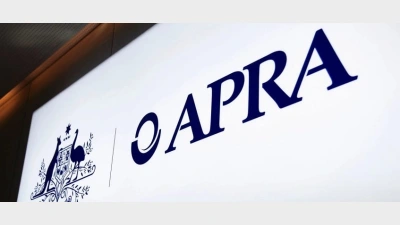Super funds need forward-thinking business plans



Super funds are failing to build business plans around the consequences of MySuper and SuperStream to position themselves post-implementation, according to industry consultants.
Speaking at the Australian Institute of Superannuation Trustees MySuper symposium, national superannuation leader of Ernst and Young Maree Pallisco told delegates she was not seeing super funds building a strategic position to take advantage of MySuper and gain an advantage against other funds.
Funds were only approaching it from a compliance perspective, she said.
Funds also weren't integrating expected cost savings from SuperStream into their business plans, Pallisco said.
"These reforms will impact your current distribution and your market position, and we're not seeing enough of overall fund positioning," she said.
Key performance indicators should be built into their business plans, which need to be reviewed, she said.
KPMG partner Wayne Hirt said the funds that were most advanced in their MySuper preparations were those whose board and chief executive were involved right throughout the process.
Operational strategy can't exist independently of the strategic vision, Hirt said.
Deloitte director of consulting Danielle Whitman agreed that super funds should take the opportunity to make MySuper a strategic change, not just an operational one.
It was important that the right overarching governance forum took charge of the MySuper changes, she said.
Industry executives should consider setting up a project control board that can deal with day-to-day issues of MySuper, she added.
Recommended for you
The industry super fund has been ordered to pay $23.5 million after systemic failures caused extensive delays for thousands of insurance claimants.
A new report from the prudential regulator has revealed super funds can act as both a stabilising force and an amplifier of shocks in an interconnected economy.
CFS has expanded usage of its digital advice product to members of its employer super and FirstChoice super accounts.
Superannuation funds are expanding their activities in the advice space and a leading recruitment firm has shared the typical salaries on offer with three funds namechecked for their attractive offerings.










